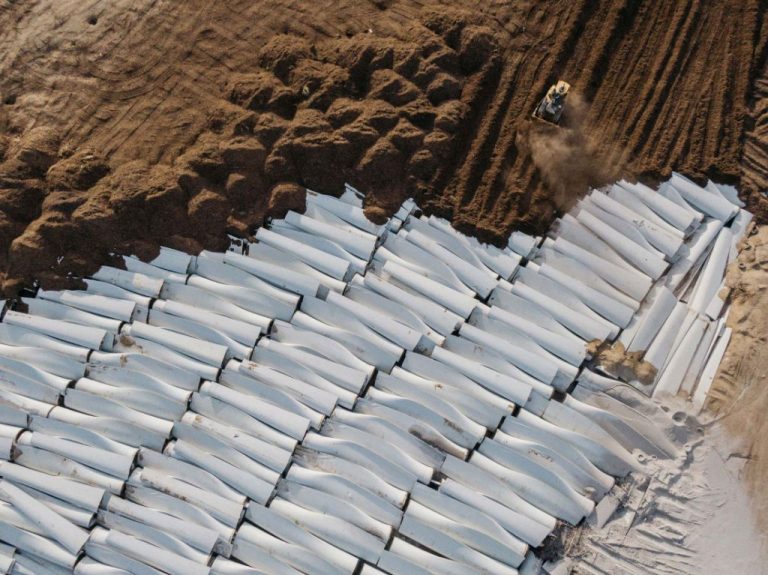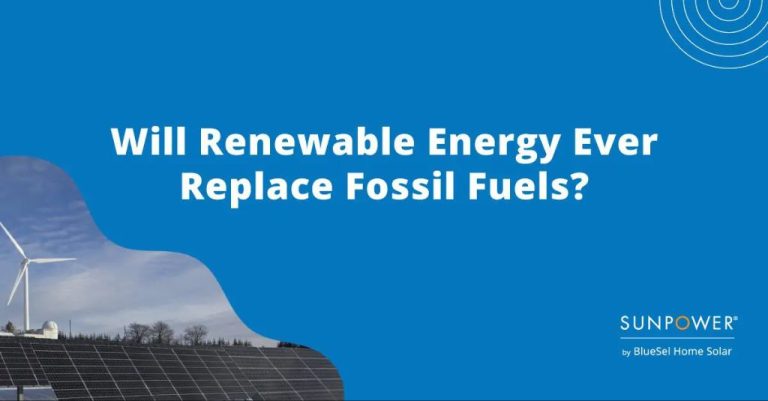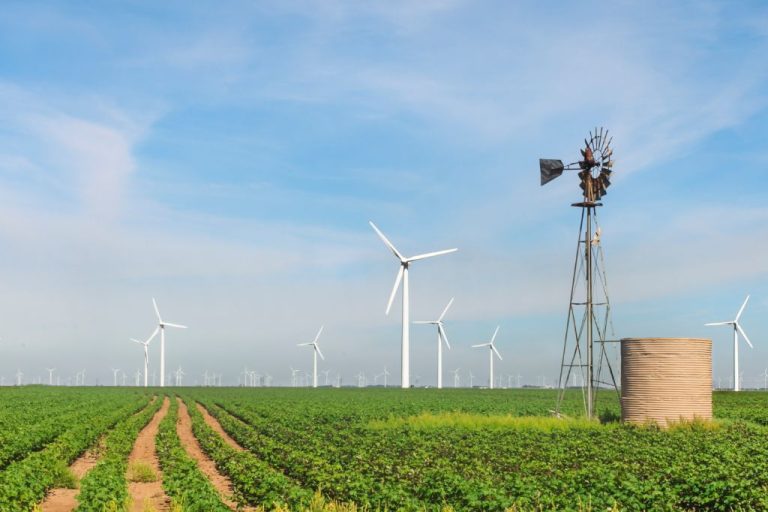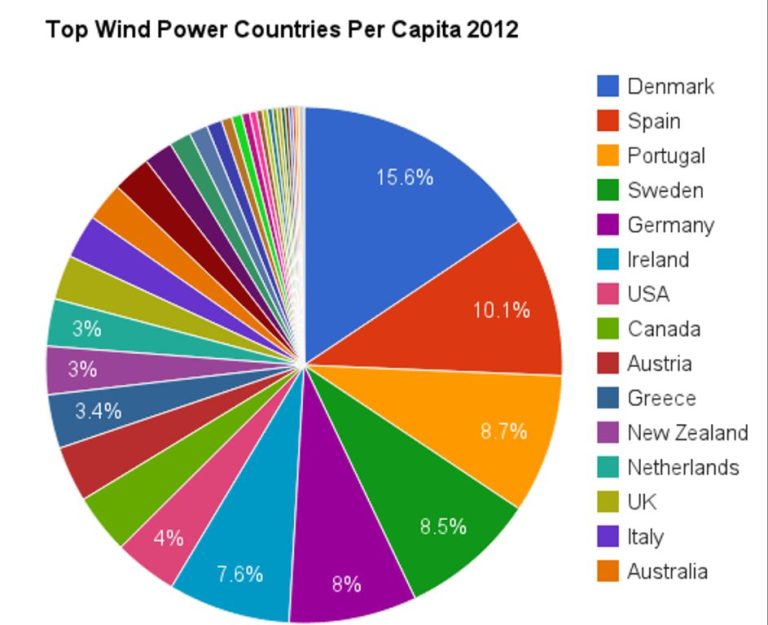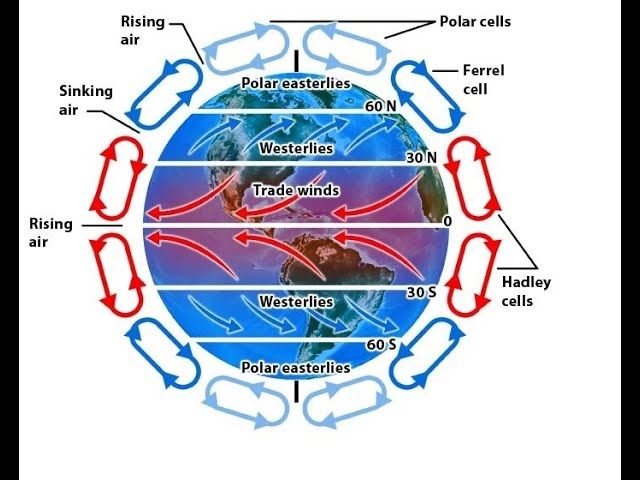How Do They Process Wind Power?
Wind power has been used as an energy source for thousands of years. The first known use of windmills was in Persia around 500-900 AD for purposes like grinding grain and pumping water. In the late 19th century, windmills were adapted to generate electricity. But it wasn’t until the 1970s that wind power started being used to generate utility-scale electricity.
Wind power is the process of using wind turbines to generate electricity. Wind turbines convert the kinetic energy in wind into mechanical power to spin a generator and produce electricity. Here’s how it works:
- Wind turns the blades of the wind turbine’s rotor.
- The rotational motion spins a shaft connected to a generator.
- The generator converts the mechanical power into electrical power.
- The electricity is then sent to a transformer to increase the voltage.
- Higher voltage electricity travels through transmission lines to reach substations.
- At substations, the voltage is lowered again for distribution.
- The distributed electricity then powers homes, businesses, and the grid.
This article provides an in-depth overview of the wind energy process, from the turbine capturing wind to the electricity powering our homes.
Wind Turbine Components
Wind turbines convert wind energy into electricity through a complex system of components. The major components include:
Tower
The tower supports the structure and houses the equipment inside. Towers are often made of tubular steel and range in height from about 30 meters up to 140 meters for offshore turbines. Taller towers allow turbines to capture stronger winds at higher altitudes.
Rotor Blades
The blades are attached to a central hub and rotate when wind strikes them. Most modern turbines have three blades, which are often made of fiberglass reinforced polyester. Larger blades can capture more wind energy but they also add weight and cost.
Gearbox
Since turbine blades rotate at a low speed but generators require a higher RPM, a gearbox is used to increase the rotational speed. These gearboxes have complex lubrication systems to ensure smooth performance.
Generator
The rotational energy from the turbine blades is fed into the generator, which uses electromagnetic induction to convert this mechanical energy into electrical energy. The electricity is then fed into transformers and transmission lines.
How Wind Creates Electricity
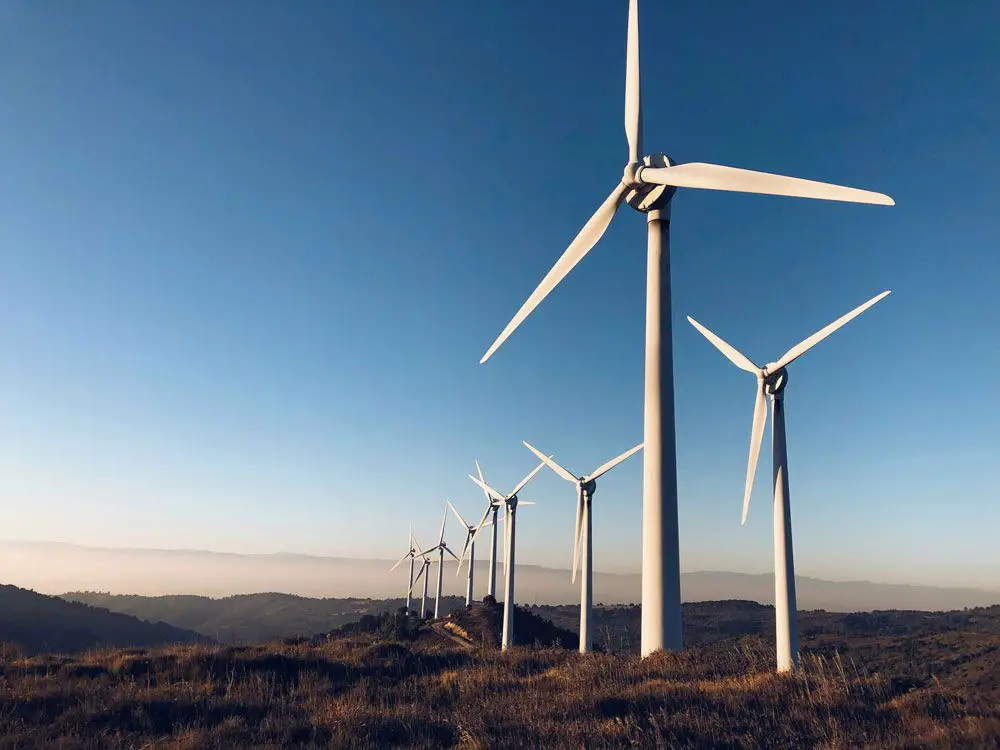
Wind turbines convert the kinetic energy in wind into mechanical power to generate electricity. Here is how it works:
When the wind blows, it pushes against the blades of the wind turbine. The blades are attached to a rotor which spins the main shaft. The shaft is connected to a gearbox which increases the rotational speed to drive an electrical generator.
Inside the generator, the mechanical power is converted into electrical power through electromagnetic induction. The generator contains magnets that rotate around a coil of copper wire. This motion of the magnets around the coil induces a voltage or electrical current in the wire.
So in summary, the wind turns the turbine blades, which spin a shaft connected to a generator to produce electricity. The power output depends on the wind speed – faster wind spins the blades faster to generate more electricity.
Transmission Lines
After the electricity is produced at the wind turbines, it travels through transmission lines to transport the electricity to substations. Transmission lines are the large, high voltage power lines that you often see stretching across the countryside and connecting various parts of the grid. They play a critical role in transporting electricity from where it is generated to where it is needed.
Transmission lines carry electricity at very high voltages, from 115 kV to 765 kV. This allows them to move large amounts of power over long distances with lower electrical losses. The higher the voltage of a line, the more power it can carry. Most transmission lines are overhead lines, consisting of aluminum or steel-reinforced conductors suspended by steel towers or poles.
Underground transmission lines are also used in some urban areas where overhead lines would be impractical. They utilize insulated cables buried underground in trenches. While this avoids above-ground visual impacts, underground lines are more expensive to construct and repair.
The transmission system ties together power plants, substations, and local utilities into one interconnected system called the power grid. This allows electricity to be moved vast distances to help match supply with changing demands.
Transformers
Once electricity is produced at the wind farm, transformers are utilized to increase the voltage so it can be transmitted efficiently over long distances on transmission lines. Transformers work through electromagnetic induction. When the voltage passes through the first coil of wire in the transformer, it creates a magnetic field which then induces a current in the second coil of wire. By altering the number of turns in each coil, transformers can increase (step up) or decrease (step down) the voltage. At a wind farm substation, step-up transformers increase the voltage to as high as 765,000 volts for transmission on the grid. Later, step-down transformers will reduce the voltage to lower levels for distribution and consumption. This allows the power to be transported for hundreds of miles over high voltage transmission lines with minimal line loss. Transformers are essential components that allow wind-generated electricity to be delivered and utilized across a wide area.
Substations
Substations are an important component of the electrical grid system. They act as an intermediate point between the location of electricity generation and the end users of that electricity. At substations, voltage is stepped down from high transmission voltages to the lower distribution voltages used by homes and businesses.
The key role of substations in processing wind power is to monitor and control the flow of electricity. Substations contain transformers to reduce electricity to safe usable voltages. They also contain circuit breakers, switches, monitoring equipment, and control systems. Operators can remotely monitor substation conditions and equipment. If issues arise, operators can quickly adjust and reroute the flow of electricity as needed.
Substations provide vital electricity oversight near population centers. They allow grid operators to balance supply and demand. Without substations carefully regulating voltage, the transmission of electricity from distant wind farms would not be possible. Substations make wind power reliable and usable for consumers.
Transmission System Operators
Transmission system operators manage the flow of electricity through the transmission system. They monitor electricity supply and demand across regions and balance the two in real-time. If there is too much or too little electricity flowing through the system, it can cause blackouts or damage equipment. The operators have to make sure supply and demand are perfectly balanced at all times.
Operators use sophisticated software and data monitoring systems to see where electricity is being produced, where it is needed, and whether congestion points are forming on transmission lines. When needed, they can request generators to ramp production up or down. They also route power from where it is generated to where it is needed using the transmission system.
With more renewable sources like wind power adding intermittent supply to the grid, the job of system operators has become more complex. They need to integrate wind forecasts into their systems so they can schedule the right amount of backup power when wind output drops. Good coordination helps minimize costs and keep the lights on.
Energy Traders
Energy traders play an important role in getting electricity from power plants to homes and businesses. They buy and sell electricity on the wholesale market to balance supply and demand across the grid. This helps ensure customers have access to affordable and reliable electricity at all times.
Traders purchase electricity from power generators and resell it to utilities and other electricity retailers. They buy and sell electricity for future delivery, speculating on whether prices will rise or fall over time based on factors like weather, demand, and supply disruptions. Their trading helps discover the market price of electricity.
To profit, traders aim to buy electricity at low prices and sell at higher prices. They use complex modeling, forecasting, and risk management strategies to maximize returns. Traders provide market liquidity and play a key role in determining electricity prices. Though mostly behind the scenes, their trading activities are vital for delivering power from where it’s generated to where it’s ultimately consumed.
Local Utilities
Local utility companies play a critical role in getting the electricity generated at wind farms to the homes and businesses that need it. They are responsible for maintaining the local distribution lines and infrastructure that delivers electricity to end users in their service area.
Once electricity from wind turbines reaches the transmission grid, local utilities purchase the wholesale power and then distribute it to their customers through their local grid. They install and maintain the poles, wires, transformers and substations that make up the local distribution system.
Utilities also handle tasks like metering, billing, customer service and power outage response and restoration within their service territory. They are the final link in the chain that gets wind power from turbines out on wind farms to the wall outlets in homes and businesses.
While transmission operators work on regional and interstate scales, local utilities focus on delivering electricity to individual communities. Their infrastructure, engineering, and customer service capabilities are vital for getting wind energy to local homes and businesses that count on reliable electricity each day.
Conclusion
In summary, wind power is an increasingly important source of renewable electricity that is generated through the kinetic energy of wind turning large wind turbine blades connected to generators. Wind power capacity and generation have grown rapidly in recent decades as the technology has improved and costs have declined. While the intermittent nature of wind poses some grid integration challenges, advancements in forecasting, storage, transmission, and system operations have enabled high penetrations of wind power to be reliably integrated in power systems around the world.
The future prospects for wind power remain bright. With continued technology advancements, decreasing costs, supportive policies, and increased investments, wind power is projected to supply 20-30% of global electricity by 2030. Offshore wind, larger turbines, and new geographic markets offer substantial growth opportunities. As wind power expands globally, it will help significantly reduce carbon emissions and air pollution from power generation while providing local economic benefits and energy diversity and security.

